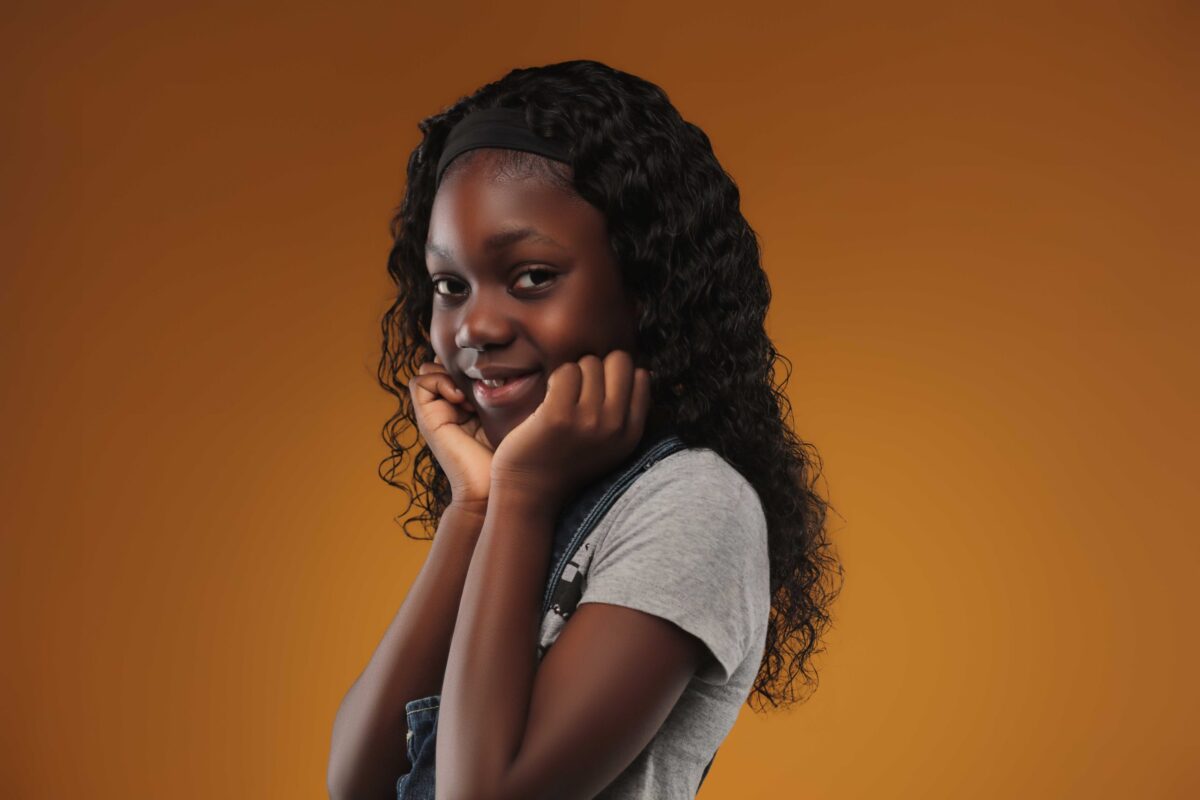As adaptable as headband wig is, so are the reasons why people–including children–might require them. Cancer and alopecia are two of the most prevalent health problems. Hair loss is a recognized side effect of severe cancer therapies such as radiation and chemotherapy. Since about 1,400 children are diagnosed with cancer each year in the UK, a significant percentage of these youngsters may endure hair loss and turn to wigs for assistance. When it comes to alopecia, the phrase refers to "different forms of hair loss." While the specific varieties vary, some of the more frequent are alopecia aerate and traction alopecia.
Which Is the Best Option For My Child?
Not all wigs are made equal, and the type you purchase for your child will depend on several factors, including the reason for the wig, their lifestyle, and your budget. If purchasing a wig for a youngster dealing with health difficulties that have resulted in hair loss, the ideal option for everyday usage would be a bespoke human hair wig. These may be customized to properly fit your child's head size, hair color, and style. Resulting in the most natural-looking results conceivable. Additionally, they last longer with proper care. Wigs may be handled similarly to natural hair, which means they will feel less 'unnatural' to a new youngster wearing wigs.
Things to Keep In Mind
When worn properly and maintained adequately, wigs may be an excellent protective style. For children, parents must practice good wig 'etiquette' to make the wig-wearing experience as comfortable as possible for their children. It is critical to keep the following in mind:
Properly prep their natural hair
If they're wearing a wig for medical reasons and have experienced hair thinning or loss, as a result, take extra care with their hair. For children who still have hair, loose, tidy braids are an excellent alternative. Additionally, consider a wig hat. This might provide an additional layer of protection between your child's natural hair and the wig, providing additional comfort.
Use a Gentle Attachment Method
Historically, most wigs have been supplied with an elastic band, combs, clips, or a combination of those mentioned above to maintain them in place while worn. However, these attachment methods are out of date and might result in more hair loss over time.
Conclusion
While the majority of the effort will fall to you as a parent to choose the perfect wig for your child. The process should be collaborative as a whole. Your child will be wearing the wig, so include them as much as possible in the process and solicit their opinion: Is it cozy? Are they fond of the hue? How do they feel while they're wearing Headband Wigs? If your kid is required or want to wear a wig, the last thing you want is for them to despise it, so actively including them in the wig journey will not only guarantee they enjoy their wig but will also keep them informed on how to care for it and how to wear it properly.


